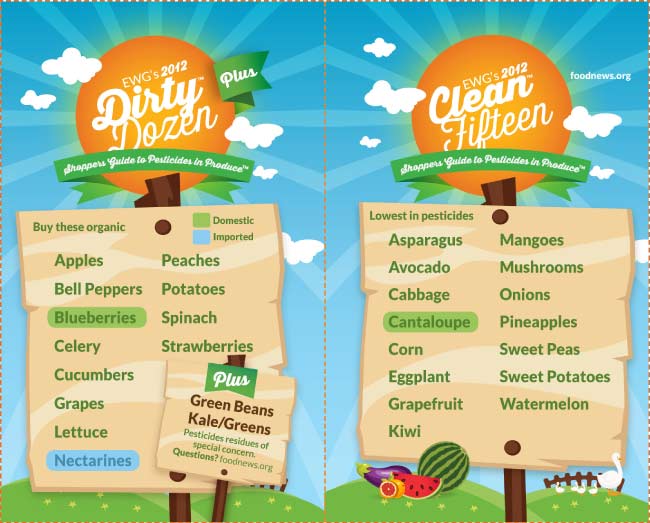 Reader Tina wrote in asking, "Do you happen to know any recipes, or could
you point me toward a site, for making bars/treats for kids. I'm
looking for some sort of granola bar or oatmeal cookie recipe.Kids love stuff like this, but the kind you buy are so full of sugar and who knows what
Reader Tina wrote in asking, "Do you happen to know any recipes, or could
you point me toward a site, for making bars/treats for kids. I'm
looking for some sort of granola bar or oatmeal cookie recipe.Kids love stuff like this, but the kind you buy are so full of sugar and who knows what
else."
I hope this info is helpful for you, Tina!
I hope this info is helpful for you, Tina!
I don't yet have a granola bar recipe but here are two that I've been wanting to try - if you give them a go, let us know how they are!
As far as an oatmeal cookie recipe, I'm not really fans of oatmeal cookies, so I don't have one. But, some baking tips to make recipes healthier (you'll want to try them out to see how they work with your baking recipes):
- use whole wheat flour
- try using yogurt, pumpkin, bananas, or applesauce instead of oil/butter
- try using sucanat or honey for less processed/a bit healthier options for white sugar
- try using less sugar than the recipe calls for, or use applesauce or yogurt to replace some of it
I did find one oatmeal cookie recipe out there that could be a good healthy version: Banana Oatmeal Cookies.
Other options for replacing granola bars and the like for other easy and tasty snacks that kids like could be:
I did find one oatmeal cookie recipe out there that could be a good healthy version: Banana Oatmeal Cookies.
Other options for replacing granola bars and the like for other easy and tasty snacks that kids like could be:
Muffins (like these)
Apple chips (core and slice apples, bake at 200 for about 2 hrs. - flip after 1 hr. - opt.: dust with a bit of cinnamon... full recipe coming soon!)
Banana bread
Mini Oatmeal Pancakes
Recipes for some of these items will be coming in future posts! Most of them can be made in a toddler-friendly way as well. I will include that info in with those recipes. If you try any of these recipes, write in to let us know what you thought!
Recipes for some of these items will be coming in future posts! Most of them can be made in a toddler-friendly way as well. I will include that info in with those recipes. If you try any of these recipes, write in to let us know what you thought!







